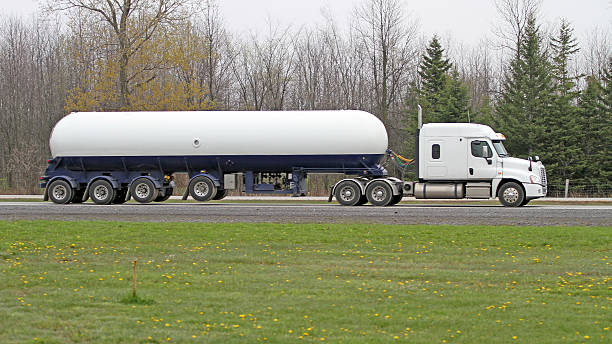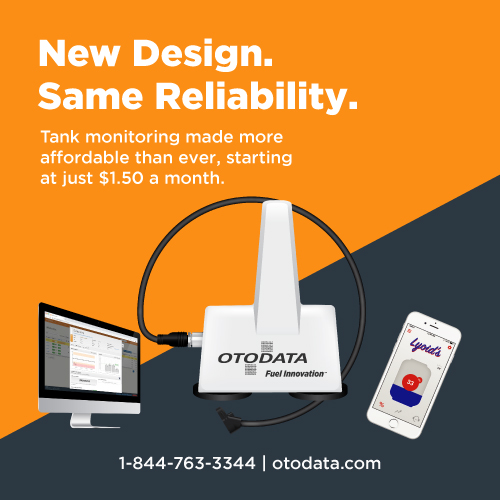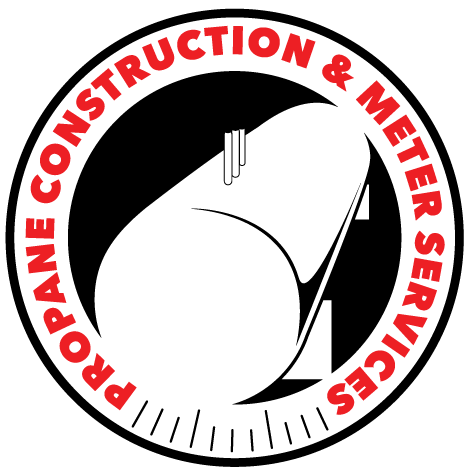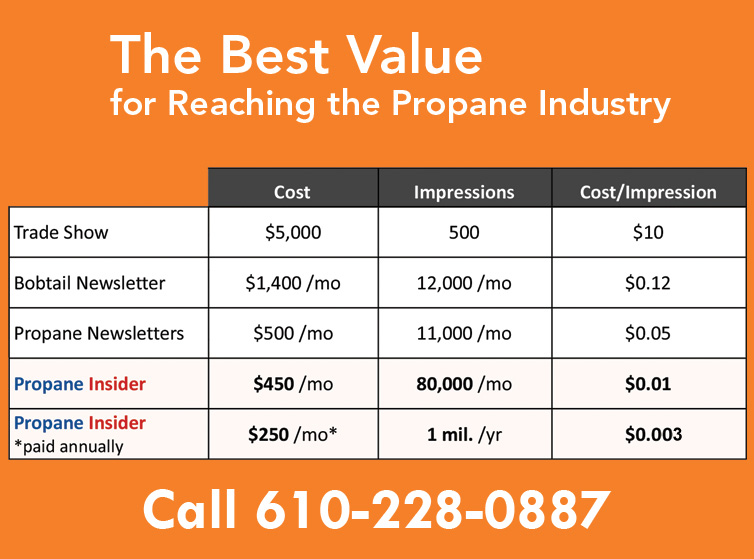Maximizing the Acquisition of a New Propane Truck: Strategies for Efficiency and Effectiveness

Propane trucks, often the unsung heroes of this industry, ensure the seamless delivery of propane, a vital fuel source. Whether supplying energy to residential areas, industrial facilities, or agricultural operations, these vehicles play an indispensable role in ensuring that fuel reaches its intended destinations reliably and efficiently. As businesses evolve and demands change, the acquisition of a new propane truck becomes a pivotal decision that requires a comprehensive approach.
Assessing Business Needs and Capacity
Before plunging into the process of acquiring a new propane truck, a thorough assessment of current and future business requirements is essential. Analyzing the existing fleet’s capacity utilization provides valuable insights into delivery patterns and potential inefficiencies. By tracking propane demand trends and evaluating the performance of the current fleet, businesses can identify areas for improvement and optimization.
Moreover, projecting future growth and demand is crucial to ensure that the new propane truck can accommodate evolving needs. This projection might involve considering expansion plans, potential new markets, or the possibility of shifts in delivery routes and distances.
Defining Truck Specifications and Features
Selecting the right specifications and features for the new propane truck is a decision that can greatly impact operational efficiency. Determining the optimal truck size and capacity requires careful consideration of load volume and weight requirements. Aligning truck capacity with delivery frequency is essential to prevent overutilization or underutilization of the fleet.
In addition, the choice of fuel efficiency and emissions standards is key. Opting for propane truck models with better mileage not only minimizes operating costs but also aligns with environmental regulations and a growing emphasis on sustainability. Equally important is the assessment of safety features and certifications. Prioritizing safety equipment for drivers and cargo not only ensures regulatory compliance but also safeguards the well-being of the entire operation.
Setting a Budget and Financial Strategy
The acquisition process is inherently tied to financial considerations, making budget planning a critical step. Estimating upfront costs is the initial challenge, encompassing factors such as the base price of the propane truck and any customization expenses. However, the financial considerations extend beyond the initial purchase. Businesses must calculate ongoing operational expenses, including fuel costs, maintenance, insurance, and licensing fees.
Careful comparison of the long-term costs associated with different propane truck options aids in making informed decisions. Additionally, understanding financing options such as leasing versus purchasing is crucial. Evaluating loan terms, interest rates, and the potential impacts on the overall budget provides a well-rounded financial strategy.
Vendor Research and Selection
Choosing the right vendor for the propane truck acquisition process is a decision that can have far-reaching effects on the overall success of the operation. The search begins by identifying reputable propane truck manufacturers and dealers with a proven track record of reliability and quality.
Scrutinizing past customer experiences and testimonials offers valuable insights into the vendor’s customer service and after-sales support. Requesting quotes and proposals from multiple vendors is necessary in order to make an informed decision. The acquisition process is not just about purchasing a vehicle; it’s about establishing a partnership that extends beyond the transaction. Evaluating warranty terms and the availability of comprehensive after-sales support ensures a smooth transition from acquisition to integration.
Customization and Integration
No two businesses are identical, and the customization of the propane truck is a pivotal factor in optimizing its efficiency for specific operational needs. Collaboration with manufacturers allows for the development of tailored solutions that address unique challenges.
Customizing truck compartments to enable efficient loading and unloading while also considering ergonomic factors can significantly improve operational workflows. Incorporating telematics for real-time tracking and data analysis further enhances operational efficiency by providing insights into delivery routes, driver behavior, and fuel consumption. Integrating the new truck with existing fleet management software ensures seamless communication and centralized control. However, the introduction of new technology necessitates training for drivers to maximize its potential benefits.
Regulatory Compliance and Documentation
Navigating the regulatory landscape is an inescapable aspect of propane truck acquisition. Securing the necessary permits and licenses is a fundamental step before the new propane truck can be put to use. Compliance with transportation regulations and safety standards is a legal obligation and a guarantee of safe and reliable operations. Detailed documentation of vehicle specifications and modifications is essential for audits and inspections, ensuring that the new truck is not only road-ready but also aligned with regulatory requirements.
Driver Training and Onboarding
Transitioning to a new propane truck is more than simply integrating a new vehicle; it involves ensuring that drivers are well-prepared to operate it safely and effectively. Comprehensive driver training programs should encompass a thorough understanding of the new truck’s features, including safety protocols and emergency procedures. This enhances driver confidence and ensures the safety of both personnel and cargo. Facilitating a smooth transition from the old fleet to the new propane truck involves hands-on practice, guidance, and addressing any concerns that drivers might have.
Monitoring Performance and Continuous Improvement
The journey doesn’t end once the new propane truck is integrated into the fleet. Implementing mechanisms for monitoring performance and seeking continuous improvement is essential. Tracking metrics such as fuel efficiency, mileage, maintenance and repair data, as well as delivery times, provides valuable insights into the overall health and efficiency of the new truck. Seeking feedback from drivers and customers further enriches the data pool, shedding light on areas that might require enhancement. This data-driven approach enables informed decision-making and the implementation of improvements over time, leading to a more optimized and effective propane delivery process.
















